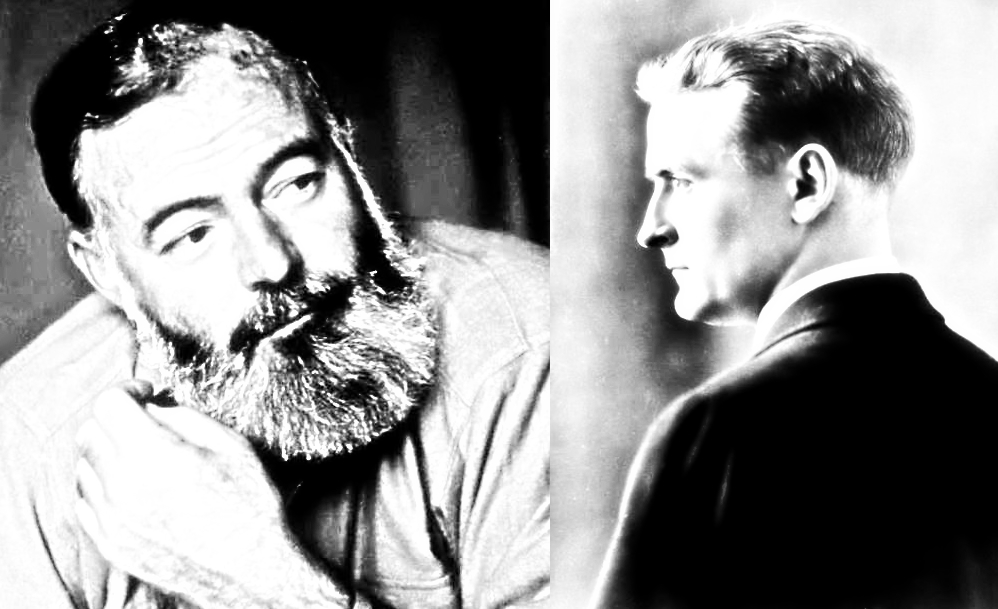I don’t know where I heard this story, and I failed to find it in researching for this blog—because it’s probably false, and you’ll find out why later—but I swear I read it somewhere: the author of the book V, Thomas Pynchon, once dove out of a third-story window and into a tree to escape a reporter who was looking to get a picture of the reclusive (and apparently elusive) writer.
For me, that is a great story of the eccentricities I have come to expect from talented, genius writers.
However, these stories have a way of gaining traction when perhaps they do not need to in the first place. Yet, much like J. D. Salinger (or Boo Radley from To Kill a Mockingbird), when you are famous and don’t really like to field interviews, myths will begin to surround your character and exploits because people get curious and they want answers.
As such, today we are going to briefly examine the life and achievements of Thomas Pynchon.
Early years and education
Pynchon was born as one of three children in Glen Cove, Long Island on May 8, 1937. He would go on to Oyster Bay High School in Nassau County and graduated in 1953. Pynchon earned his bachelor’s in English from Cornell University in 1958. Afterward, he lived in Greenwich Village for a short time, crafting short stories, and eventually found work in Seattle writing safety articles for Boeing.
Publishing History
He eventually turned to writing full-time and won the Faulkner Foundation Award in 1963 for his book V. Following this success, Pynchon wrote The Crying of Lot 49 (1966) and Gravity’s Rainbow (1973). He also published a collection of short stories titled Slow Learner (1984) (Britannica).
Over a decade later, Pynchon published Vineland (1990), Mason & Dixon (1997), and Against the Day (2006). His most recent novels include Inherent Vice (2009) and Bleeding Edge (2013). Regarding his “complex” novels, Thomaspynchon.com states: “To plunge down the rabbit hole of Pynchon’s fiction is to commence a journey into an alternate world, a world—somewhat like our own but, as Pynchon put it ‘Maybe it’s not the world, but with a minor adjustment or two it’s what the world might be.’”
Examining his history of “reclusiveness”
As stated earlier in the post, the synonymity of Thomas Pynchon and “the myth of the reclusive author” is apparent when people converse about him. Time reported that, “Almost nothing is known about the author of some of the most seminal, mysterious and generally difficult works of the 20th century fiction, and the novelist would like to keep it that way … When his 1973 novel Gravity’s Rainbow won the National Book Award, Pynchon had someone else accept on his behalf” (Time).
And, yet it may be that this reclusiveness is a fabrication of pop culture obsession because Pynchon just might not like the attention from journalist or he just might not like answering questions, which is a much less dramatic story then some would like, I would assume.
As contributor to Vice David Whelan said of Pynchon’s mythos: “This is far from the truth. He’s not hiding in the woods or refusing to publish new work à la J. D. Salinger; he just doesn’t like talking to reporters. While there are only four known photos of Pynchon … he’s a vibrant prankster with his finger on the world’s pulse. He knows how to manipulate us. He’s willing to make fun of himself …”
I think I accept this version of Pynchon because it makes more sense to me that a story of reclusiveness has been created around him rather than him intentionally creating the story itself because he’s a “weirdo” or an “eccentric.” As I see it, I think Pynchon is just a talented writer who doesn’t care for the additional publicity that comes with fame.
Works Cited
“Thomas Pynchon.” Britannica. Web.
“Thomas Pynchon.” Thomaspynchon.com. 1997-2018. Web.
“Top 10 Most Reclusive Celebrities.” Time. Web.
Whelan, David. “Thomas Pynchon and the Myth of the Reclusive Author.” Vice. Oct. 9, 2014. Web.







